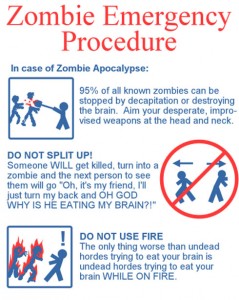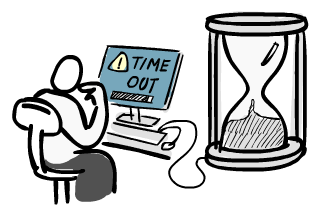As a project manager, I personally believe empathy is one of the most important virtues. I think it's one of those attributes that makes us most human. You can't expect to take care of your team, or even customers, if you are unable to be empathetic. Regardless if you can help someone, ask anyway. Regardless if you can understand what they are thinking or feeling, try anyway. I recently participated as a juror in a criminal trial. Though I knew it would be a personal inconvenience, I did it because I thought it was the right thing to do. It was my obligation as a citizen, to do my part in ensuring justice was served. Some would argue if it truly was, but I digress. So, what's the point of this blog post?
About a month ago, I informed the necessary (corporate) parties who pay me that I had been selected to be part of a jury pool. Upon sending them the necessary information, I was told I would be paid for a full 8 hour day, minus $20. (The amount Frederick County pays a juror for one day of service). Considering the cost to short my paycheck was probably more than $20, I wasn't going to argue. If that's what they wanted to do, it was a wash for me, with the exception of the work I had to delay for my customer.
Upon submitting my hours on the second day, I received a (billing) submission error. Because it was an ambiguous error message, I send an email to accounting. I said, upon completing my second day of jury duty and billing my time, I received the error. Within a few minutes, I received a very short email response. It informed me I would only be paid for 1 day of jury duty, that "it's in the handbook" and I would have to bill my time to my Paid Time Off (PTO). I was surprised I didn't get a "I'm sorry if there was a misunderstanding..." or "I regret to bring this to your attention..." email. Seconds later I got another email. It was one line. "You can also take Leave Without Pay".
Let's take a moment to reflect.
Both of these emails came from the Human Resources department, not from my direct chain of command. I did get a telephone call from my Director within a few minutes. He apologized if I had misunderstood the corporate policy to only pay employees for one day of jury duty but added he would work with me if I had already made plans that would result in a PTO deficit. I want to commend him on having empathy. He showed true leadership in picking up the telephone and calling me. He showed true leadership in listening to me vent for several minutes. It didn't change anything but he certainly scored a few points in my book.
We're all human beings. We all like to be treated like human beings. When in doubt, pick up the phone or go talk to someone directly. Most importantly, don't ever send a one line email that basically says "RTFM"
Like the image? Find it at Pictofigo




 , we're going to write a little self-contained story on an index card, post-it note, or something similar. When we're done, we're going to add the story card to our kanban board. Our user stories are written from the perspective of the user. In the case of the
, we're going to write a little self-contained story on an index card, post-it note, or something similar. When we're done, we're going to add the story card to our kanban board. Our user stories are written from the perspective of the user. In the case of the 


